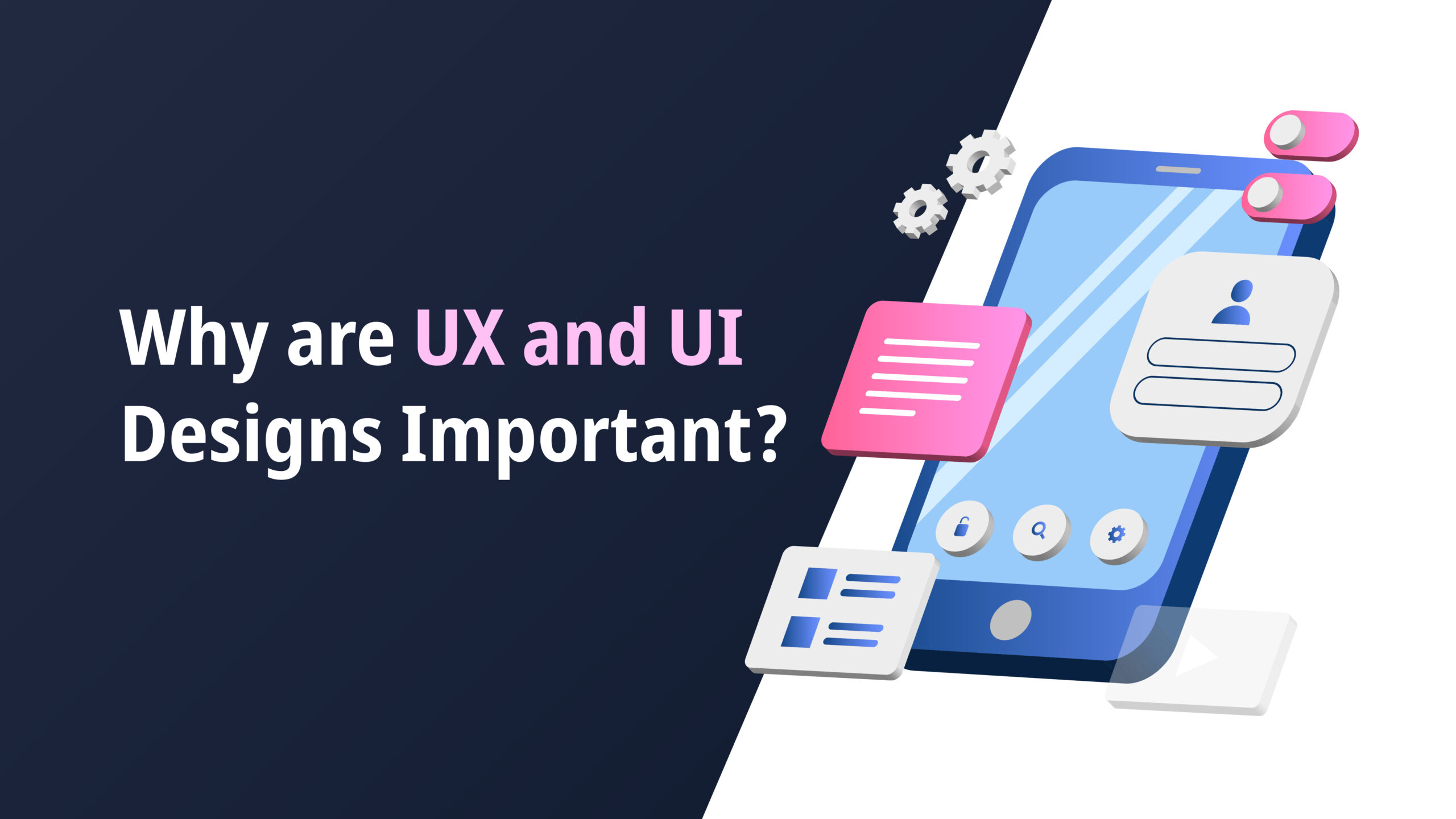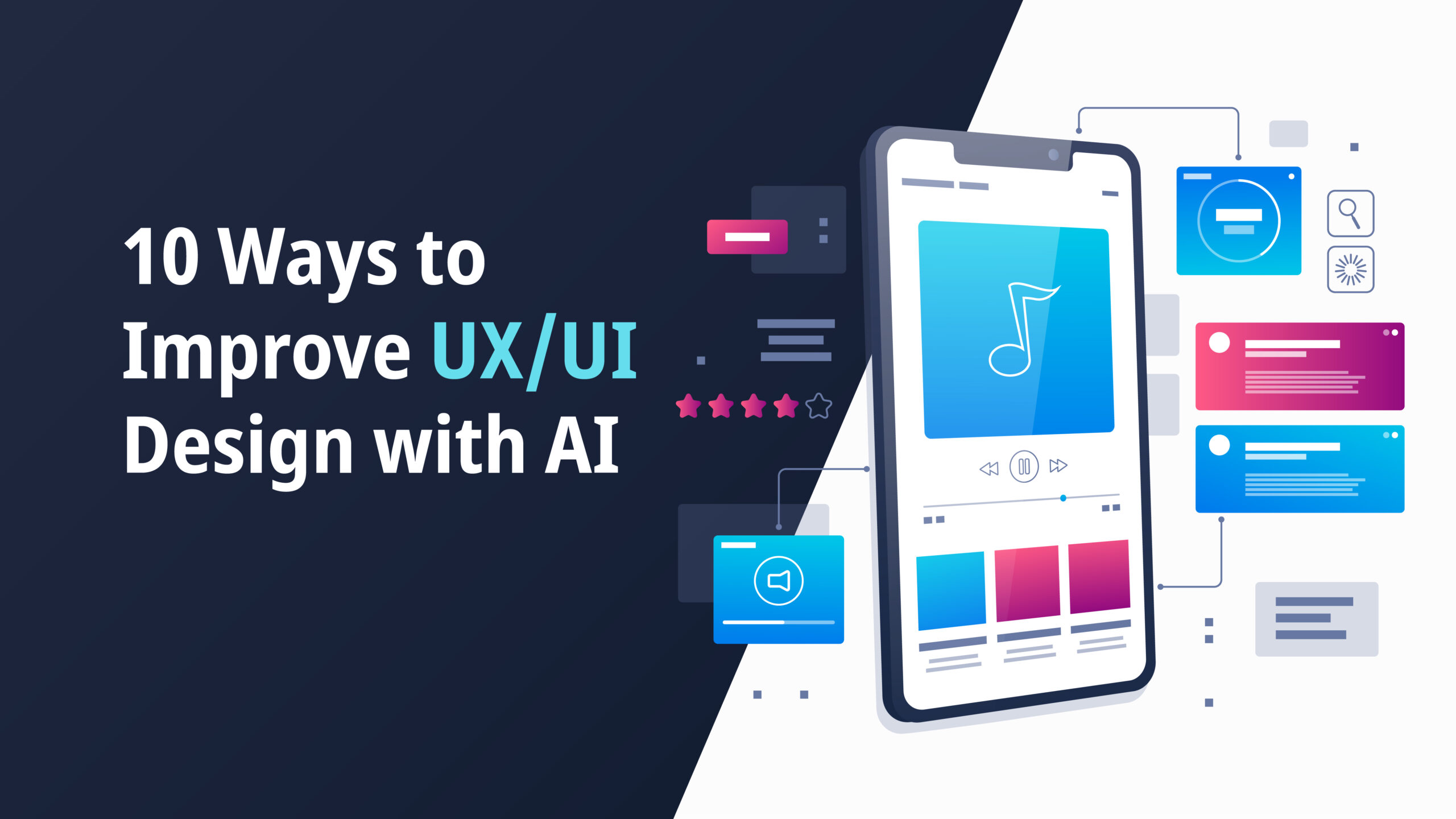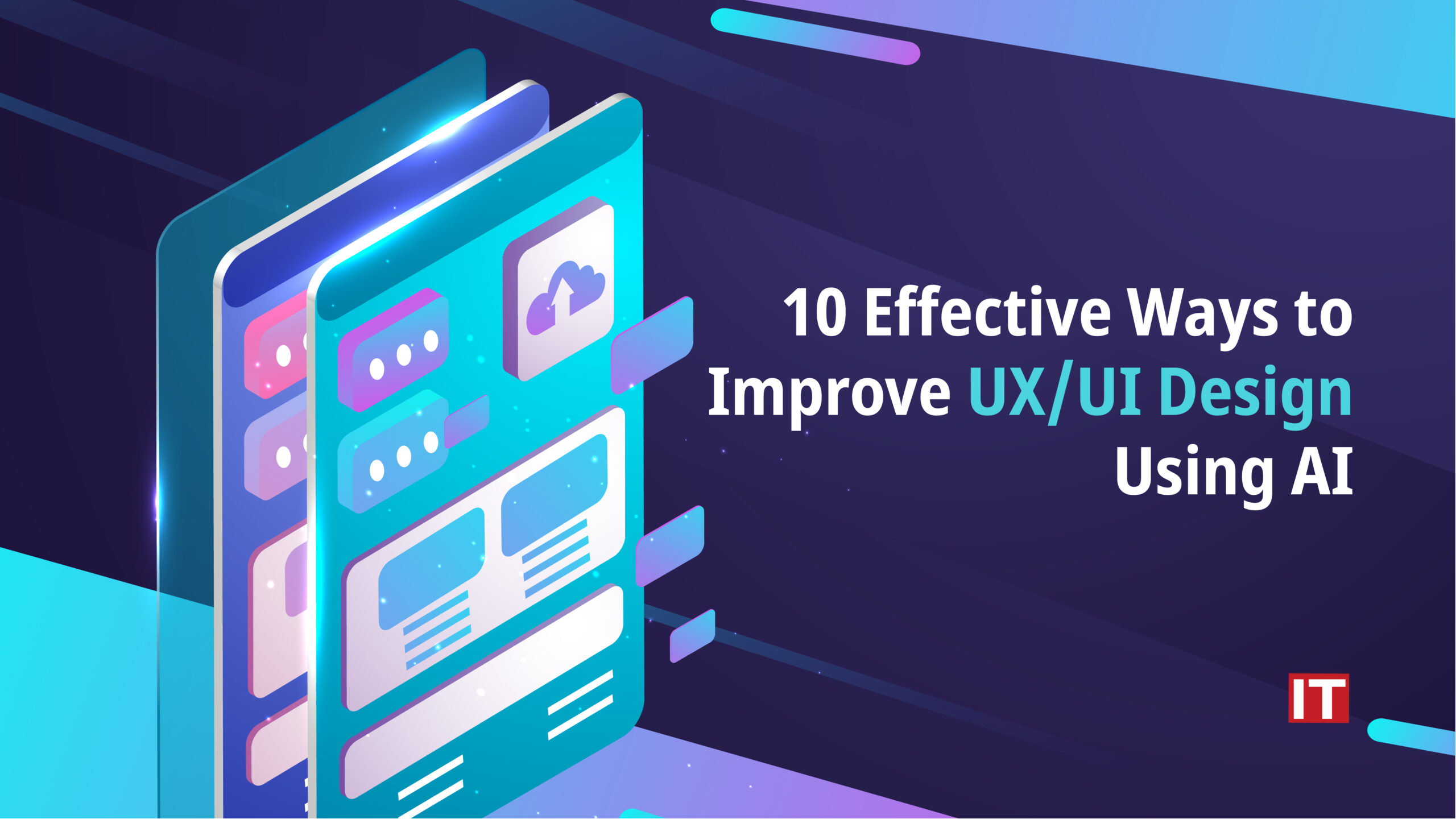UX/UI design is a dynamic and crucial field in the world of digital design. It revolves around creating user-friendly interfaces (UI) while ensuring a seamless and enjoyable user experience (UX). As technology continues to evolve, so does the importance of crafting interfaces that are visually appealing, intuitive, and efficient. In this blog, we will delve into the fundamentals of UX/UI design, and how AI can help improve user experience. Read on!
What is UX/UI Design?
UX/UI design, short for user experience and user interface design, involves creating visually appealing and user-friendly interfaces for digital products and services. UX design focuses on optimizing the overall user experience by considering factors such as user needs, frustrations, and the journey they undertake when interacting with a product or service. On the other hand, UI design focuses on the visual and interactive elements, ensuring that the interface is aesthetically pleasing, accessible, and creates an emotive connection with users.
To enhance UX/UI design, AI can be utilized in various ways, such as providing audience segmentation insights, assisting in automated UX writing, offering design inspiration, providing real-time feedback, giving access to design resources, generating user personas, facilitating user testing and prototyping, enabling data-driven design improvements, personalizing content, and augmenting the design process.
Why are UX and UI Designs Important?
 Any digital product or service must have excellent UX and UI design in order to succeed. A well-designed product will draw in and keep customers, while one that is poorly designed will lose them. According to the Gomez report, about 88% of online consumers are less likely to return to a site after a bad user experience. Additionally, in a survey conducted by Adobe, it was found that if graphics fail to load or take too long to load, 39% of users would stop visiting the website.
Any digital product or service must have excellent UX and UI design in order to succeed. A well-designed product will draw in and keep customers, while one that is poorly designed will lose them. According to the Gomez report, about 88% of online consumers are less likely to return to a site after a bad user experience. Additionally, in a survey conducted by Adobe, it was found that if graphics fail to load or take too long to load, 39% of users would stop visiting the website.
Also Read: What is Infrastructure Security and Why is it Important in 2024?
Here are some justifications for the significance of UX and UI design:
- User Satisfaction: Creating a positive user experience is the main objective of UX and UI design. Customers are more inclined to return and refer a product to others when they are happy with it.
- Increased Usability: A product with good usability is simple to use and navigate. On account of the decreased learning curve and increased productivity, users will ultimately have a better experience. A survey conducted by Akamai found that 47% of consumers expect web pages to load within two seconds.
- Enhanced Engagement: Users who are more engaged are more likely to spend time using the product and carrying out the intended action, such as making a purchase or completing a form.
- Brand Image: A well-constructed product enhances the brand’s reputation. It demonstrates the company’s concern for its customers and dedication to giving them a high-quality product.
10 Ways to Improve UX/UI Design with AI
 The following points discuss how AI tools enhance UX/UI design:
The following points discuss how AI tools enhance UX/UI design:
Audience Segmentation Insights
AI tools, such as Hotjar, can provide designers with detailed insights into highly specific user groups. By analyzing user behavior and interaction data, designers can gain a deeper understanding of their audience and optimize the customer journey for different segments.
For example, an e-commerce website can use AI-driven analytics to identify specific user segments that are more likely to make a purchase. With this information, the design team can tailor the user experience to meet the needs and preferences of those segments, resulting in a more personalized and engaging website.
Automated UX Writing
AI tools can assist in UX writing by offering word choices that align with user behavior patterns and persona data. These tools can analyze vast amounts of data to generate language suggestions that are more likely to resonate with users.
For instance, a chatbot powered by AI can deliver conversational responses that feel more natural and personalized to the user. By incorporating AI-driven UX writing, designers can ensure that the language used in their designs effectively communicates with users and enhances the overall user experience.
Design Inspiration
AI-powered tools, such as ChatGPT, can provide designers with design inspiration and suggestions. Designers can ask questions and receive detailed answers and suggestions for color palettes, typefaces, imagery, and even competitor analysis. While not blindly following AI suggestions, designers can use them as a starting point to explore new ideas and creative directions.
Real-time Feedback
By collecting and analyzing user data, AI tools can identify user behavior patterns and highlight areas for improvement in the user experience. For instance, an AI tool might detect high bounce rates on a particular page and suggest redesigning the layout or optimizing the content to increase user engagement.
Design Resources
AI tools, such as Adobe Sensei, offer designers access to vast libraries of design resources. These resources include ready-to-use icons, logos, typefaces, and color palettes that can be customized to reflect a brand’s identity. By leveraging AI-powered design resources, designers can save time and effort in creating visually appealing and consistent designs.
User Persona Generation
AI tools like Crystal analyze data from various sources, including social media profiles and browsing habits, to generate highly detailed and nuanced user personas. This saves designers time and effort in manually creating user personas and provides valuable insights into user preferences, motivations, and pain points. Designers can use these AI-generated personas to inform their design decisions and create more user-centric products.
User Testing and Prototyping
AI-powered platforms like Visily can simulate user interactions on prototypes, providing rapid insights into potential design pain points and user behavior patterns. Designers can observe how users interact with their designs and gather valuable feedback without the need for extensive user testing sessions. This allows for iterative improvements to the design based on real user behavior.
Data-driven Design Improvements
AI tools can collect and generate detailed datasets on user behavior, providing designers with valuable insights for improving their designs. By analyzing this data, designers can identify patterns, trends, and areas of improvement in the user experience.
Content Personalization
AI can analyze user engagement data to determine the most compelling imagery, content layouts, and personalized recommendations. By tailoring the content to individual users based on their preferences and behavior, designers can create a more personalized and engaging user experience.
For example, streaming platforms like Netflix use AI algorithms to analyze user viewing patterns and provide personalized recommendations for movies and TV shows. This level of content personalization enhances the user experience and keeps users engaged.
Augmented Design Process
AI can assist in predicting timeframes, project management, and design improvements in UX projects. By automating certain repetitive tasks, such as generating design variations or analyzing user data, designers can focus more on the creative aspects of the design process.
For example, AI-powered project management tools like Asana, ClickUp can analyze historical data and project requirements to estimate the time and effort required for design tasks. This helps designers plan and allocate their time more effectively, leading to improved productivity and overall design quality.
Bottom Line
Hopefully, this post has helped clarify the long-standing confusion between UI and UX. What we’ve covered today is just the beginning; there’s much more to explore in both fields. By delving deeper into each, you’ll gain a better understanding of their intricacies and differences. Additionally, we’ve also discussed how artificial intelligence can improve user experiences. With this information, you are now equipped with the knowledge to leverage AI effectively for UX/UI design.

































